AO Edited
Chesterwood
Take a step inside the picturesque studio of America’s most renowned sculptor.
Daniel Chester French may be the foremost sculptor of America’s Guilded Age. Locally, he’s known as the artist behind “The Minuteman Memorial” in Concord, Massachusetts, and several reliefs around Boston. Internationally, he’s known as the designer of the Pulitzer Prize medallion and sculptor behind the iconic Lincoln Memorial in Washington, D.C. But in the small Berkshire town of Stockbridge, French is known as the town’s favorite son (well, maybe second-favorite behind Norman Rockwell).
Born in New Hampshire, French traveled the world to study sculpting, refining his artistry, and garnering the respect of his peers. His first taste of fame came after the completion of the aforementioned “Minuteman Memorial” in 1874. Later, French helped establish the National Sculpture Society and was inducted into dozens of highly prestigious artistic associations throughout his career.
Yet, despite his impressive resume, French lived a peaceful and relaxed life, completely in love with his craft, at his beloved Berkshire retreat. In 1896, French purchased a plot of land in the Taconic Mountains and built a studio designed by his friend and frequent collaborator Henry Bacon. The studio was designed specifically for French’s needs. It boasted a high ceiling and glamorous views of the mountains.
Additionally, French and Bacon added the odd feature of a small railway line that allowed the platform French was working on to be wheeled out the studio’s large barn doors and into a grassy spot next to the studio. This allowed French and his peers the chance to see how the statue would look outdoors in natural lighting.
In 1914, French was selected as the sculptor for the massive statue of Abraham Lincoln that sits on the National Mall. Not surprising, as Bacon was the memorial’s designer. Chesterwood is where French drafted, designed, and carved the statue every step of the way—from initial clay studies to the final plaster that was sent to New York City to be carved out of marble.
While creating the statue, many curious visitors stopped by Chesterwood to see French’s progress. One such visitor, Robert Lincoln, objected to French’s interpretation of his father. French’s prototype had Lincoln’s left leg extended, but his son attested that when he would sit on his father’s knee as a boy, it would always be on the right knee. French accepted the suggestion.
After French’s death in 1931, Chesterwood was donated to the National Trust for Historic Preservation, where it has been perfectly preserved and refurbished with original prototypes and studies used by French. There are also plaster molds and statues he would keep around for inspiration. Likewise, in-depth tours of the studio, residence, and immense archive of French’s catalog allow visitors to really step inside the mind of the country’s most respected sculptor.
Know Before You Go
Make sure to check the website for hours and admission.

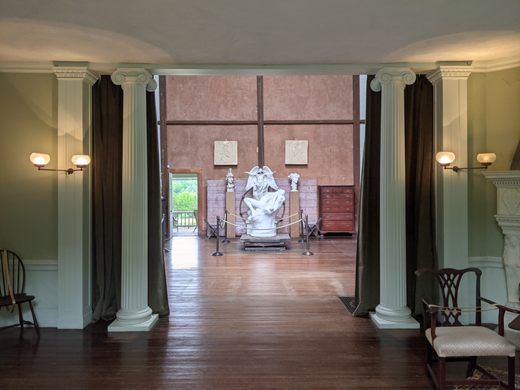

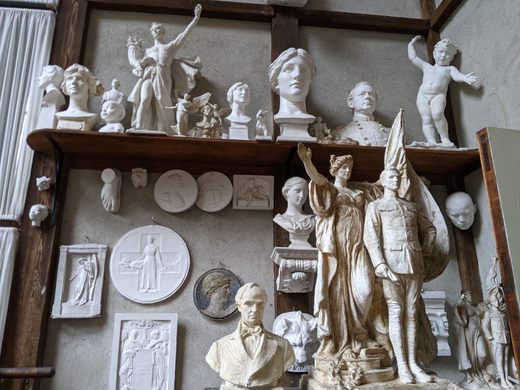
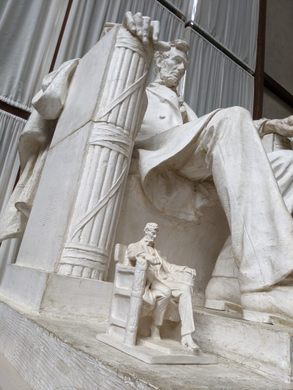
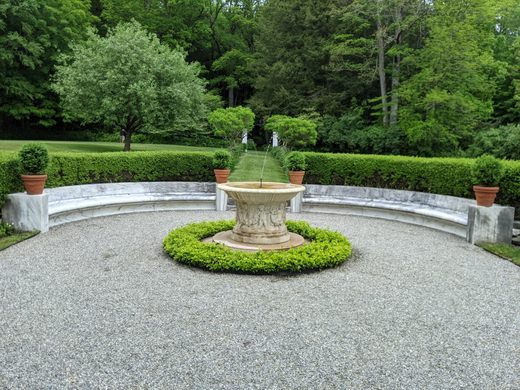
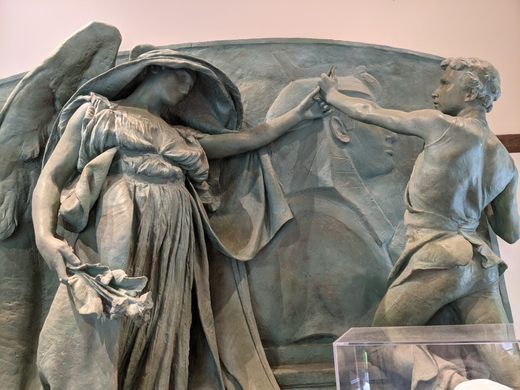
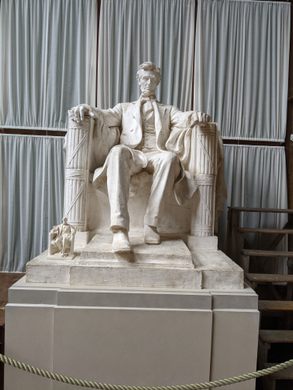
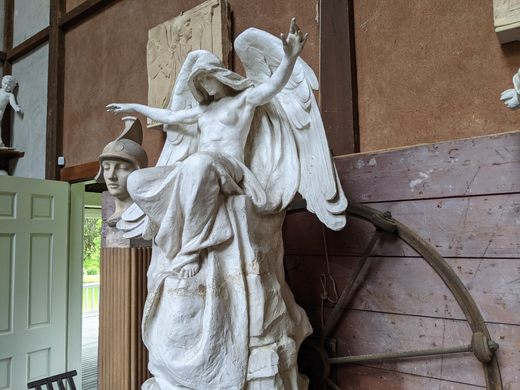
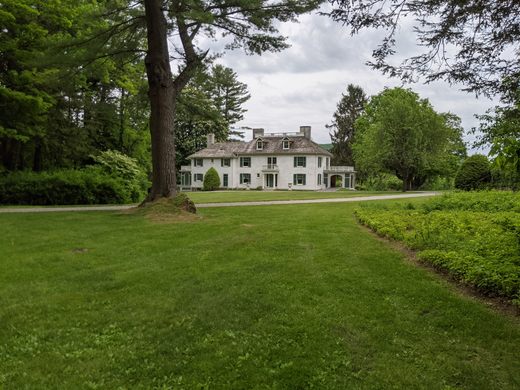
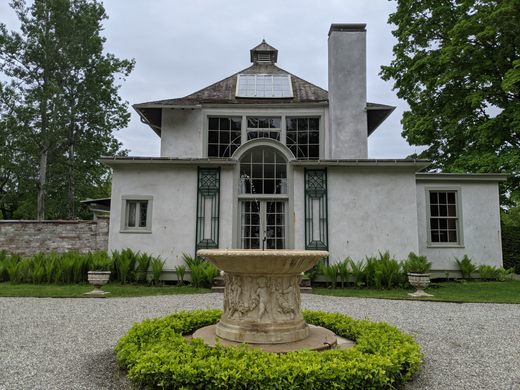
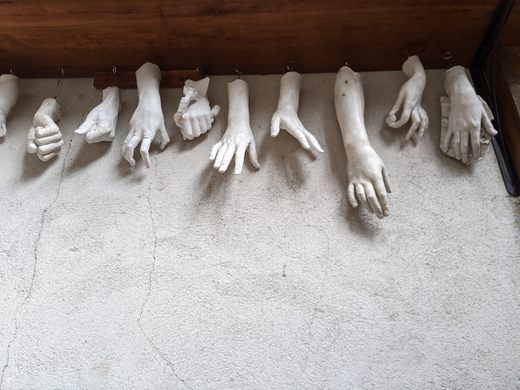
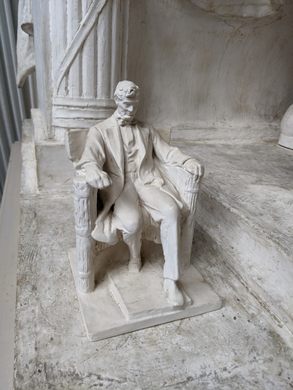
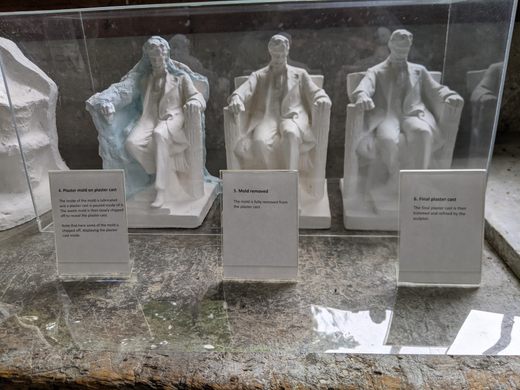
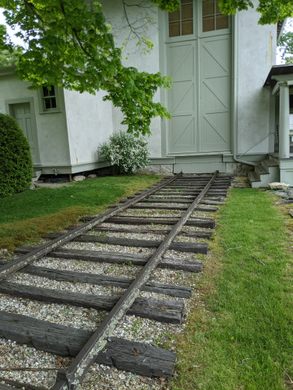
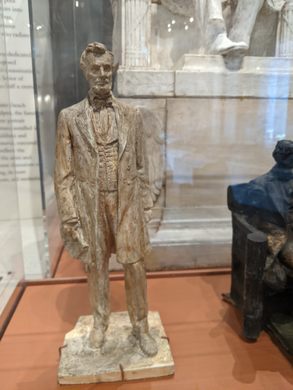
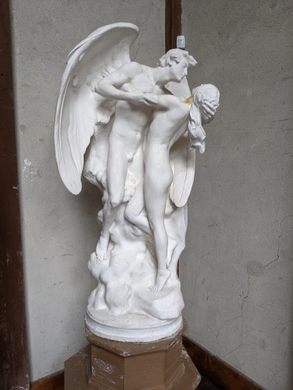
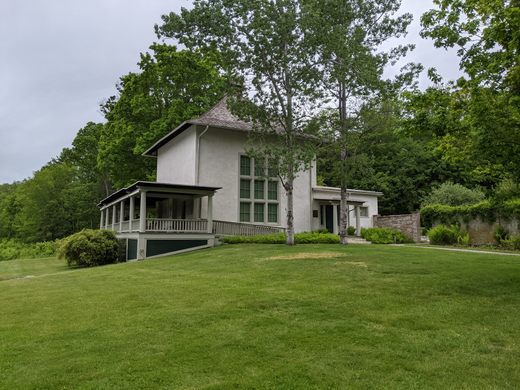
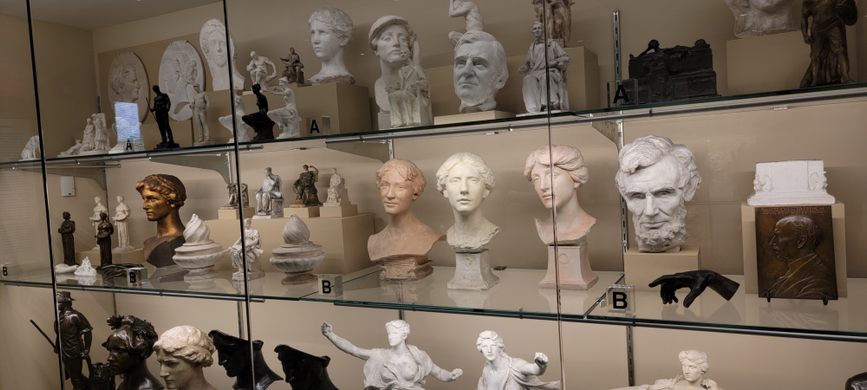

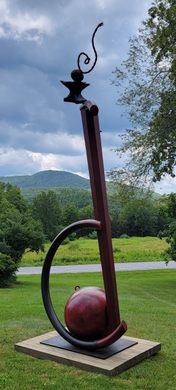








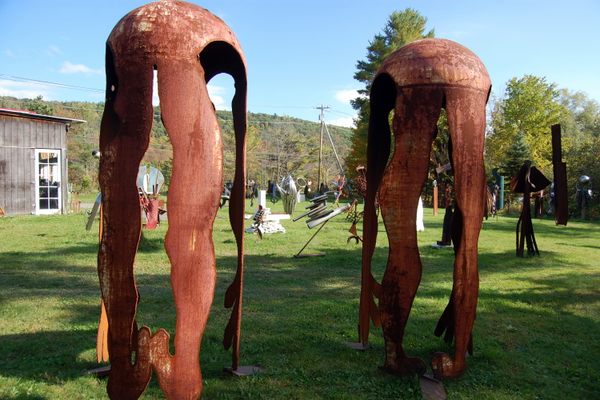



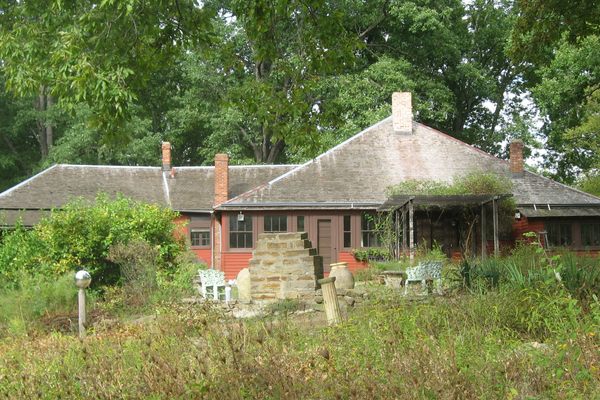

Follow us on Twitter to get the latest on the world's hidden wonders.
Like us on Facebook to get the latest on the world's hidden wonders.
Follow us on Twitter Like us on Facebook